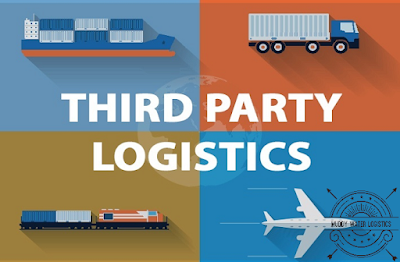Seeking Success in the Remittance Arena: What Challenges and Opportunities Lie Ahead?
The global
remittance market, facilitating the transfer of money across international
borders, is a dynamic and rapidly evolving sector. Driven by factors like
globalization, technological advancements, and increasing demand for convenient
and affordable financial services, the market is expected to continue its
upward trajectory. However, navigating this landscape requires a keen
understanding of the challenges and opportunities that lie ahead. This
article explores the current state of the remittance market, analyzes key
trends and players, and identifies critical factors for success in
this ever-changing environment.
Market
Dynamics and Growth:
The global remittance market
reached a staggering USD 773 billion in 2023, and it is projected to
surpass USD 1 trillion by 2028, growing at a compound annual growth
rate (CAGR) of 7.3%. This bold growth is indicative of the
increasing reliance on remittance services by individuals sending money to
families and supporting economic development in their home countries.
Remittance
Market Analysis and Segmentation:
Remittance
market segmentation reveals distinct areas driving this growth:
- Channels: Traditional channels like banks
and money transfer operators (MTOs) continue to hold a
significant share, but digital remittance platforms are witnessing rapid
adoption due to their convenience and cost-effectiveness.
- Regions: Low- and middle-income
countries (LMICs) are the major recipients of remittances,
with Asia-Pacific and Sub-Saharan Africa exhibiting
the highest growth rates.
- End Users: Migrant workers remain
the primary senders, followed by individuals supporting families and
businesses in their home countries.
Remittance
Market Trends:
Several key
trends are shaping the future
of the remittance market:
- Digitalization: The surge of
mobile and internet penetration is driving the adoption of digital
remittance platforms, offering faster, more convenient, and often
cheaper alternatives to traditional channels.
- Increased competition: The entry
of new players, particularly fintech companies, is intensifying
competition, leading to lower fees and improved services.
- Regulatory changes: Governments are
increasingly focusing on facilitating cross-border payments and
fostering financial inclusion, which could further propel market growth.
- Focus on transparency and security: Regulations
and technological advancements are enhancing transparency and
security in remittance transactions, building trust among users.
Top Emerging
Players:
While
established players like Western Union, MoneyGram, and Ria Financial
Services remain prominent, fintech companies like Remitly,
TransferWise, and WorldRemit are disrupting the market with
innovative solutions and competitive pricing. Additionally, regional players
are emerging, catering to specific geographical demands.
Challenges
and Considerations for Market Success:
Despite the
positive outlook, the remittance market faces some daunting challenges:
- High fees: Traditional channels often
charge relatively high fees, especially for smaller
transactions.
- Regulatory hurdles: Complex
regulations and compliance requirements can hinder market growth
in certain regions.
- Financial inclusion: Reaching unbanked
and underbanked populations remains a challenge, requiring
innovative solutions and partnerships with local players.
- Cybersecurity threats: As the industry
becomes increasingly reliant on technology, ensuring robust
cybersecurity measures is crucial to protect customer data and
prevent fraud.
Opportunities
and Strategies for Growth:
In this dynamic
environment, several opportunities exist for businesses seeking success
in the remittance arena:
- Embrace digitalization: Invest in
user-friendly and secure digital platforms to cater to the growing
demand for convenient and cost-effective
remittance services.
- Focus on customer experience: Develop
innovative features and services that cater to the specific needs of
different customer segments.
- Build strategic partnerships: Collaborate
with established players, technology providers, and local institutions to
expand reach and expertise.
- Prioritize compliance and security: Implement
robust compliance measures and invest in advanced security solutions to
ensure customer trust and regulatory adherence.
- Promote financial inclusion: Develop
innovative solutions that cater to unbanked and underbanked
populations, expanding financial access and market reach.
Conclusion:
The global remittance market presents a complex and evolving landscape with both challenges and opportunities. By understanding the trends, players, and key considerations, businesses can develop effective strategies to navigate this dynamic environment and achieve sustainable success in the years to come. As the industry continues to evolve and embrace innovation, it has the potential to play a vital role in promoting financial inclusion, supporting families, and fostering economic development across the globe.





Comments
Post a Comment